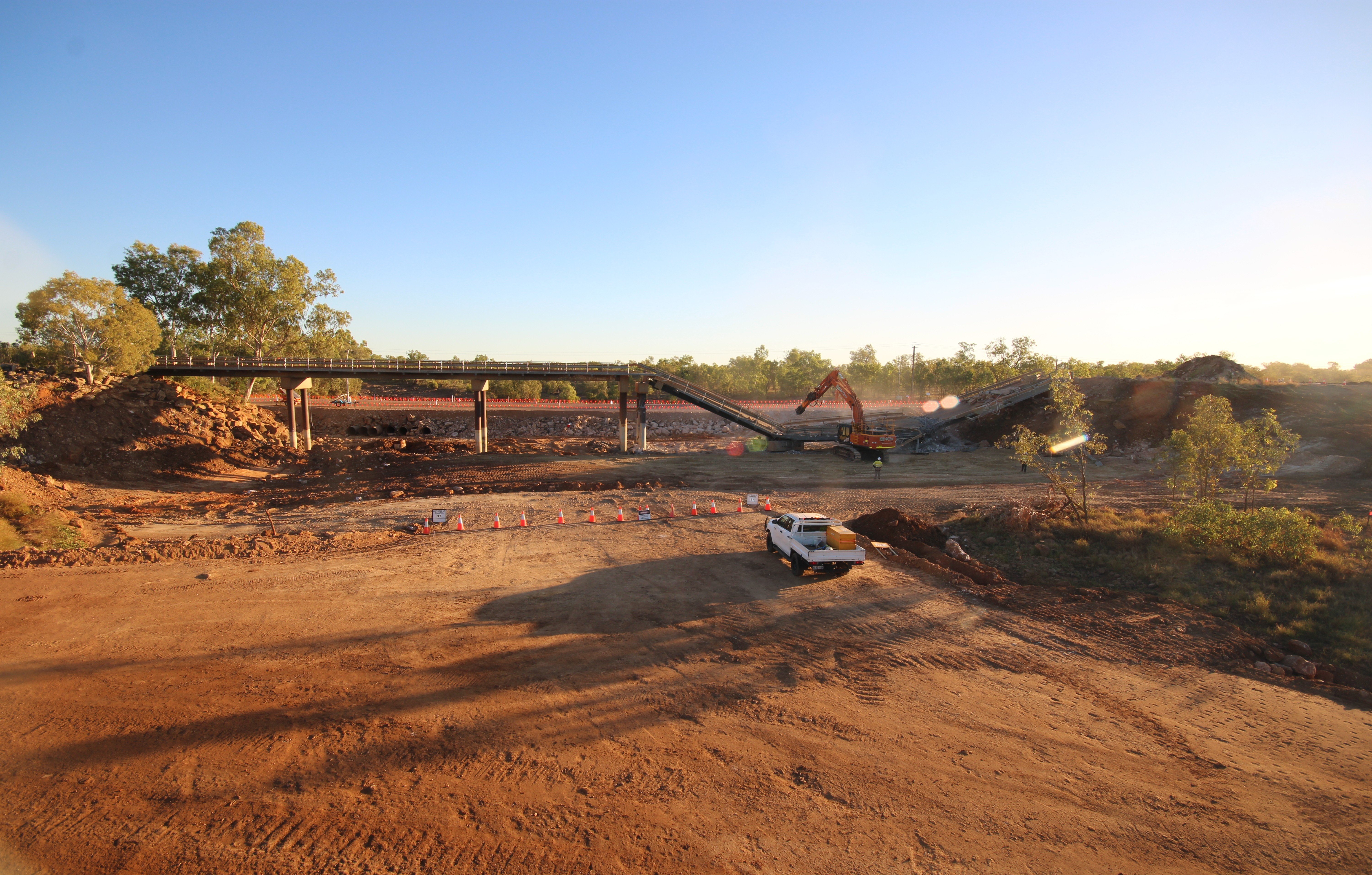What's Happening
New Brooking Channel Bridge officially open
The New Brooking Channel Bridge opened to traffic on 13 November 2024. The bridge is an important addition to Great Northern Highway, building a more resilient supply chain in the northwest of Western Australia.
We were joined on the bridge by local Bunuba Elders, who conducted a smoking ceremony. This was followed by a community walk through, attended by over 150 people.
This project has offered a unique opportunity to provide continuing employment, traineeships and skills development for many local workers who were employed on the New Fitzroy River Bridge project. It has also continued to support Fitzroy Valley businesses and suppliers.
In just six months, the New Brooking Channel Bridge project has employed or engaged more than 160 local Aboriginal workers, with 42 successfully completing a formal certification in construction, hospitality or security operations.
to the supply chain resilience of the Kimberley Region
road safety
ongoing employment
